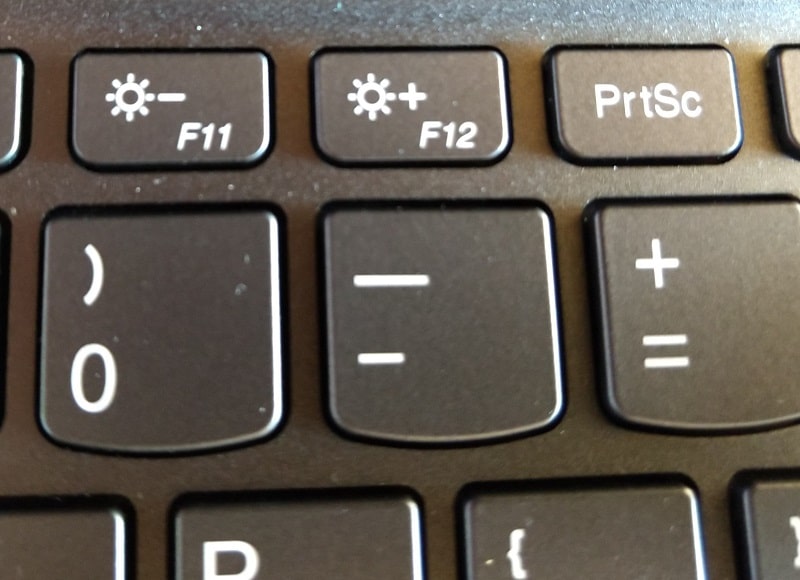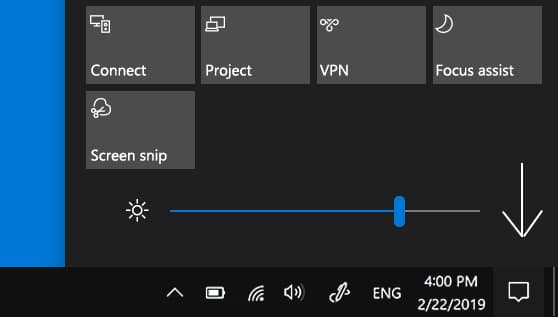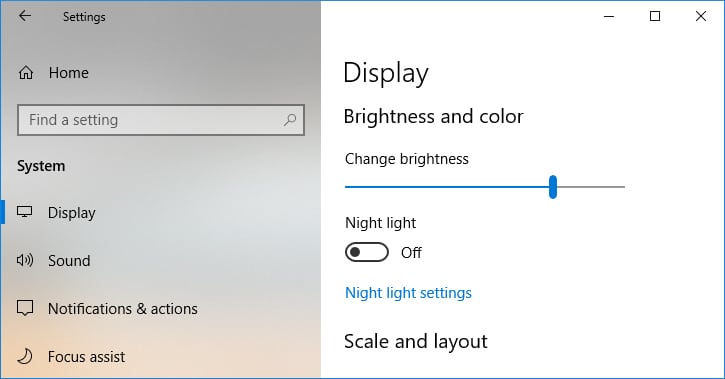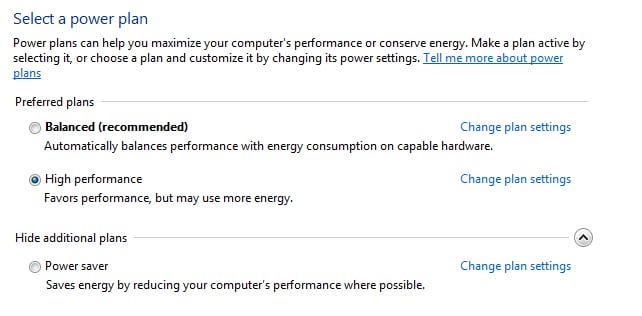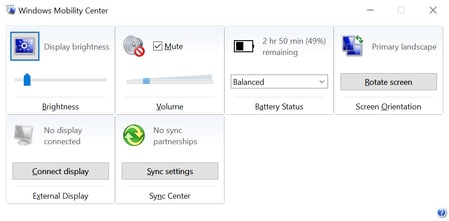Did you know that an inadequate brightness level on any screen can increase the risk of eyestrain? Optimal settings are crucial when you spend hours on your computer. If you are in a well-lit room, additional brightness is welcome. But in low-lighting conditions, you don’t need a screen that’s too bright.
In this article, you’ll discover how to change screen brightness on Windows 10. There are five ways to do that, and they are all simple. It’s up to you to pick the favorite method and the desired brightness level. Here is a detailed guide on how to adjust these settings!
Method 1. Change Screen Brightness on Windows 10 Using Hotkeys
It’s easy to learn how to adjust brightness in Windows 10 using the keyboard. The only trick is that you should find the right keys.
Some keyboards have dedicated buttons that allow adjusting brightness. The keys remind of the Sun symbol. Some variants could contain “-” to lower the lighting level and “+” to increase it. Other variations include a filled circle to increase the illumination and an empty one to decrease it. That largely depends on the keyboard, so make sure to inspect yours carefully.
In other cases, you’ll also need to use the “Function” button. You’ll find it on most laptops, and it is situated on the left side of the spacebar. If you don’t have dedicated keys for brightness, pressing Fn and the corresponding buttons will adjust its level.
Check out the hotkey placement on laptops made by popular brands:
- HP Pavilion – Use the combination of the “Fn” button and F2 (decrease) or F3 (increase) to set the desired brightness level.
- Dell XPS – The adjustment requires pressing “Fn” and F11 or F12.
- Chromebook – The dedicated brightness keys are in the top row. The small gear decreases, while the large one increases lighting.
- Lenovo ThinkPad – Use a combination of “Fn” and F5 or F6.
You will discover where your brightness adjustment keys if you quickly look at your keyboard. Once you identify the right command, use it to see how the screen illumination changes immediately.
Method 2. Change Screen Brightness on Windows 10 via Action Center
Many find the Action Center the best screen brightness Windows 10 option offered by this operating system. It’s convenient that you can do this at any moment and regardless of the program or window opened.
Here are the steps required to adjust the illumination on Windows 10 when using this method:
Step 1. The initial requirement is to access the taskbar. At the taskbar, you’ll notice the Action Center button in the lower right corner.
Step 2. Once you press the Action Center icon, you’ll notice the submenu above. The current brightness level is shown on the slider. Move your mouse until you find the desired adjustment. Once you are happy with the setting, you can press the Action Center button again to remove the submenu.
If you use an external monitor, this method might not adjust the brightness on it. Instead, you want to refer to the screen itself and find the button for changing the illumination level.
Another thing to note is that the Brightness slider isn’t present in all Windows 10 versions. You can find it in the edition 1903. If you have earlier versions, please use any other alternative mentioned in the article.
Method 3. Change Screen Brightness on Windows 10 from Settings
If you want to access advanced illumination options on your device, you can access the Settings app. This is a convenient way to adjust brightness on Windows 10 since it offers more options than just changing its level.
Follow these steps to make the necessary changes:
Step 1. Access the Settings on your Windows 10 computer. You can do this by pressing the Windows button and “I” on the keyboard. Alternatively, find the Settings icon in the Start menu.
Step 2. Once you find yourself in the Settings, check out the Display submenu on the left. Click on it, and you’ll notice the following screen:
Step 3. The system will show the Brightness slider, so use your mouse to pick the desired level. It’s also possible to turn on the Night light. That option is convenient if you are using your device in the dark.
Don’t hesitate to experiment with other options offered in the Display and other subcategories. It will help you identify settings that suit your preferences.
Method 4. Adjust Brightness on Windows 10 from Control Panel
The next option in our how to change screen brightness Windows 10 guide involves using the Control Panel. If you use a laptop, find the Battery icon in the lower-right section of your taskbar. Press the right click of your mouse and choose Adjust Screen Brightness.
If you use a computer or need an alternative way of accessing the Control Panel, here is what to do:
Step 1. Press the Windows button and combine it with the “R” button. That will open the Run pop-up.
Step 2. Type “powercfg.cpl” in the “Open” field and press OK.
Step 3. You will notice that you immediately accessed the Power Options. You’ll see a screen that reminds you of the one below:
Step 4. You can now find the Brightness slider under the desired plan. Move the mouse until you find the desired level and save those settings.
Method 5. Adjust Brightness on Windows 10 from Windows Mobility Center
The final option of changing the illumination level involves using the Windows Mobility Center. Here is a short description of the process:
Step 1. You can access the WMC in different ways. However, the easiest one is to use the Search box in the left section of your taskbar. Type “Windows Mobility Center,” and you can open the app.
Step 2. Here is how the app will look:
Step 3. You can alter the basic settings of your device here. The Brightness slider is in the Display box.
Conclusion
You have multiple methods of adjusting brightness on your Windows 10 system. It’s up to you to pick the option that fits your preference. The result will be the same, and you’ll enjoy using the device with an optimal illumination level. Thanks to that, you’ll minimize the risk of eyestrain and other potential eye problems that come with improper brightness on a PC!
